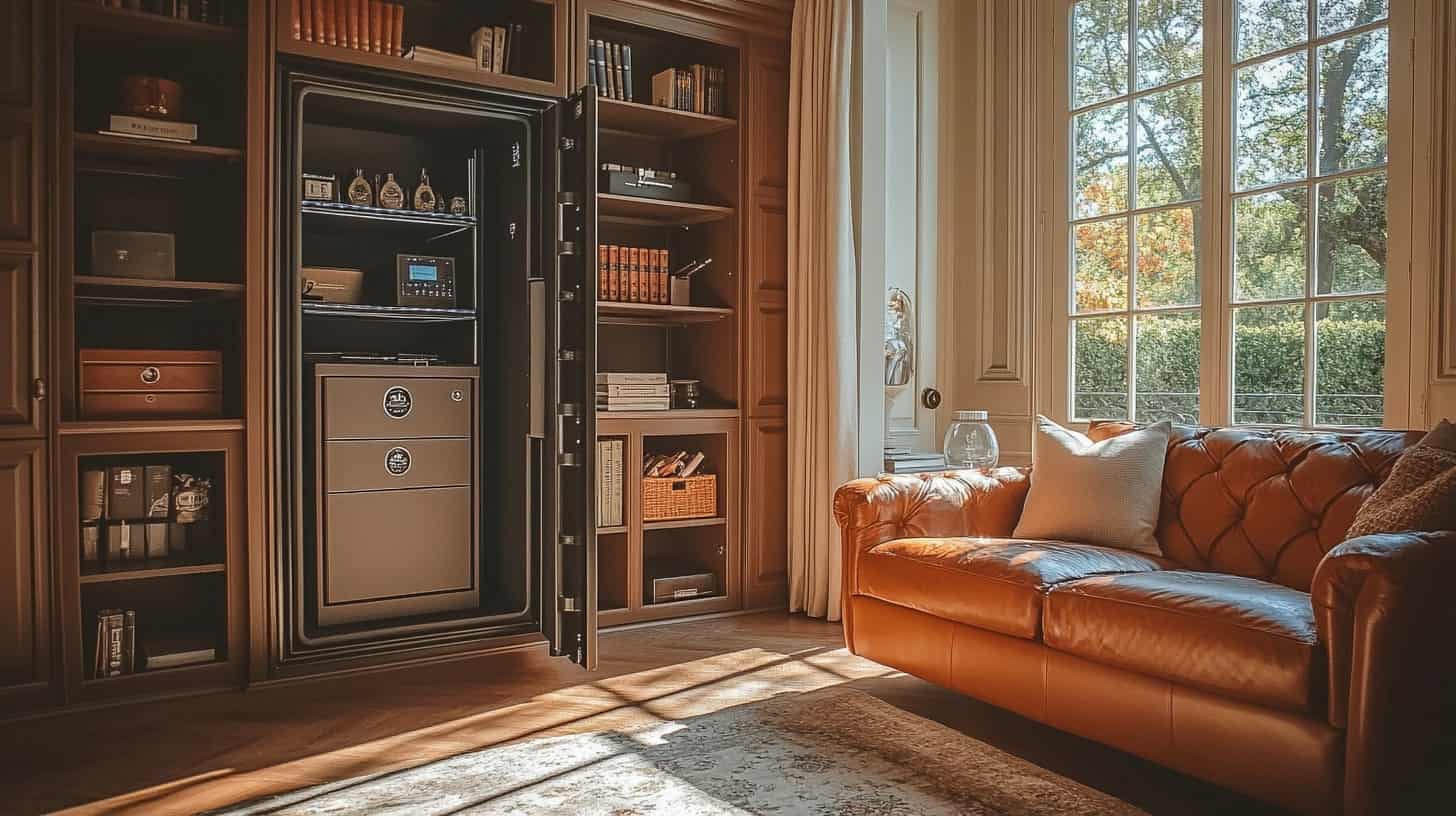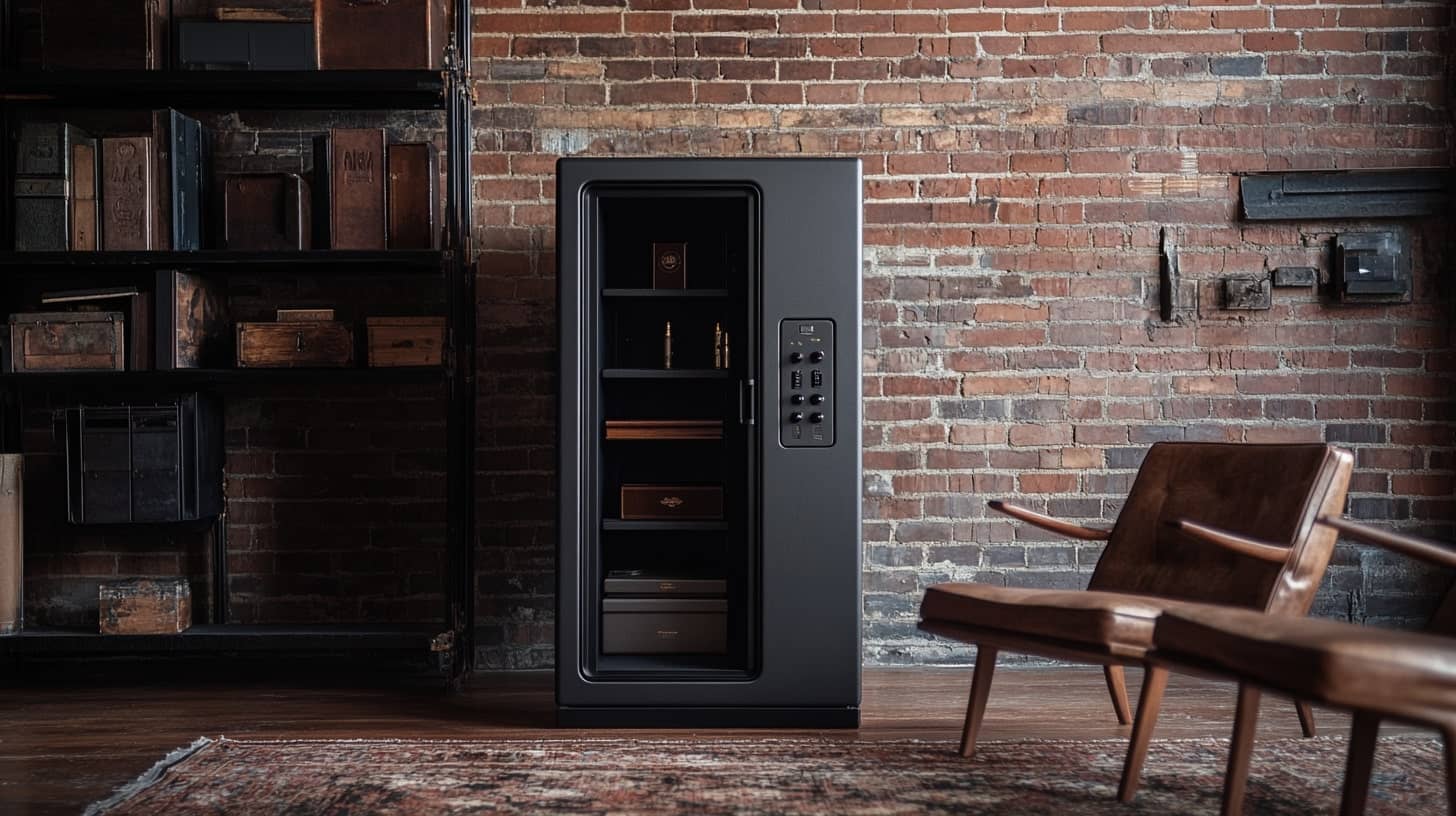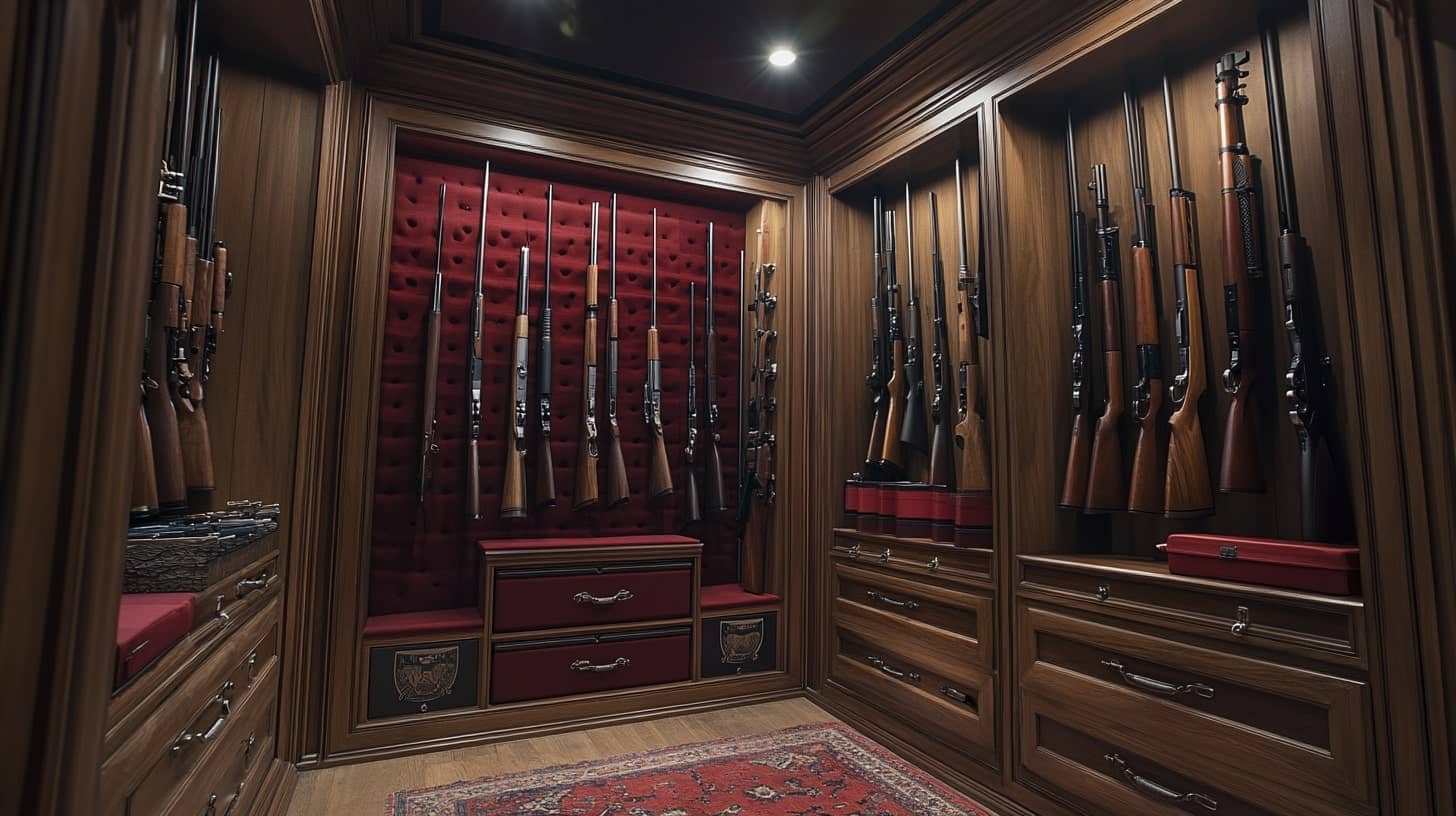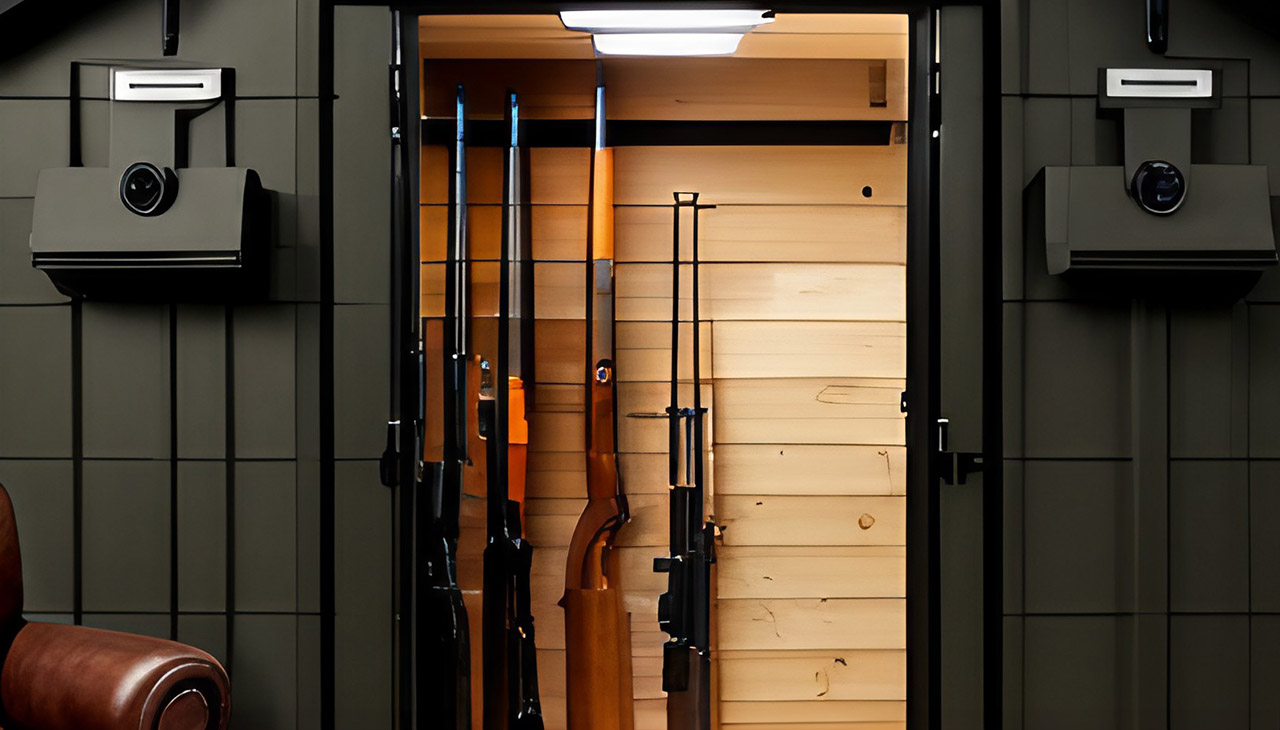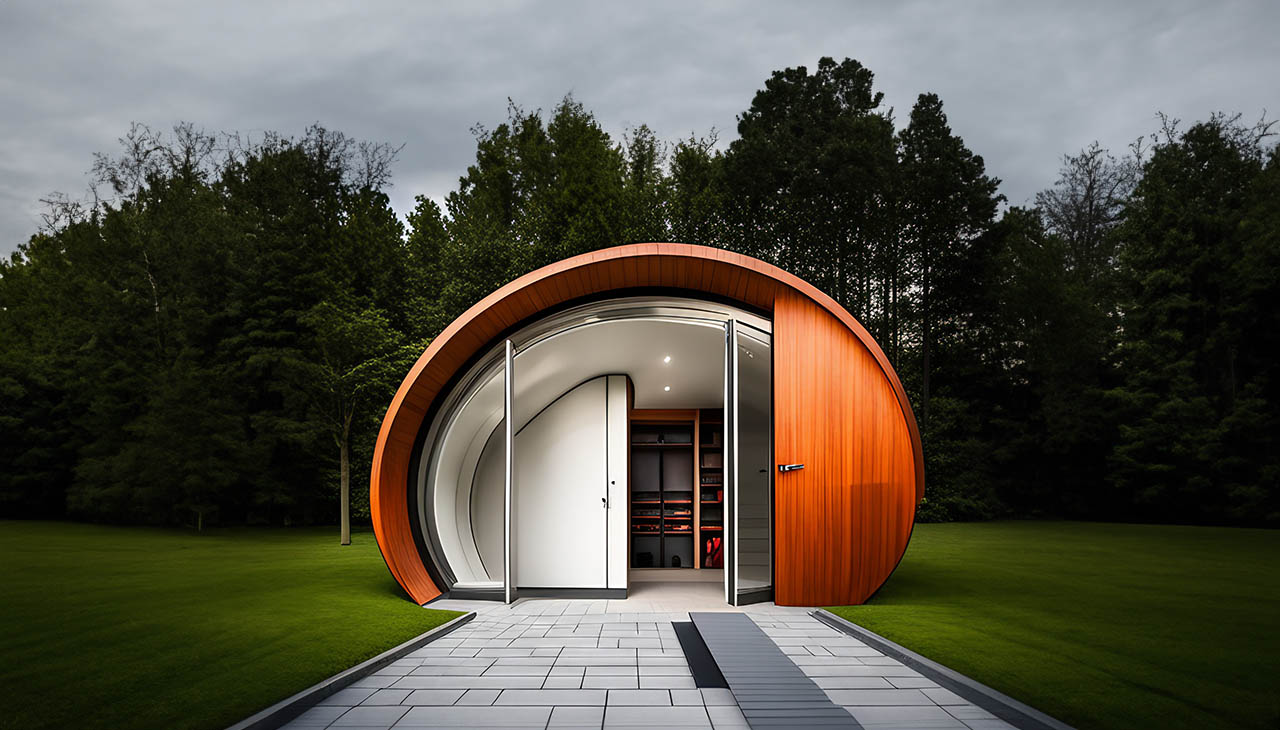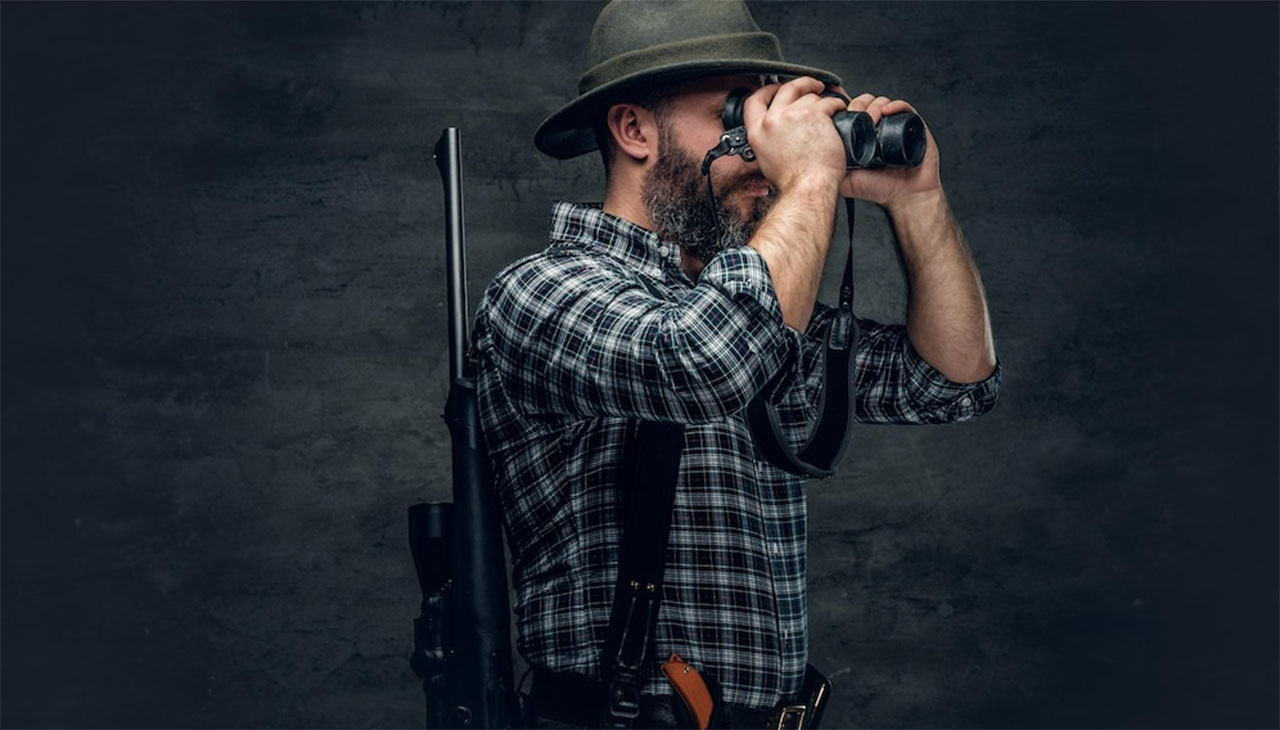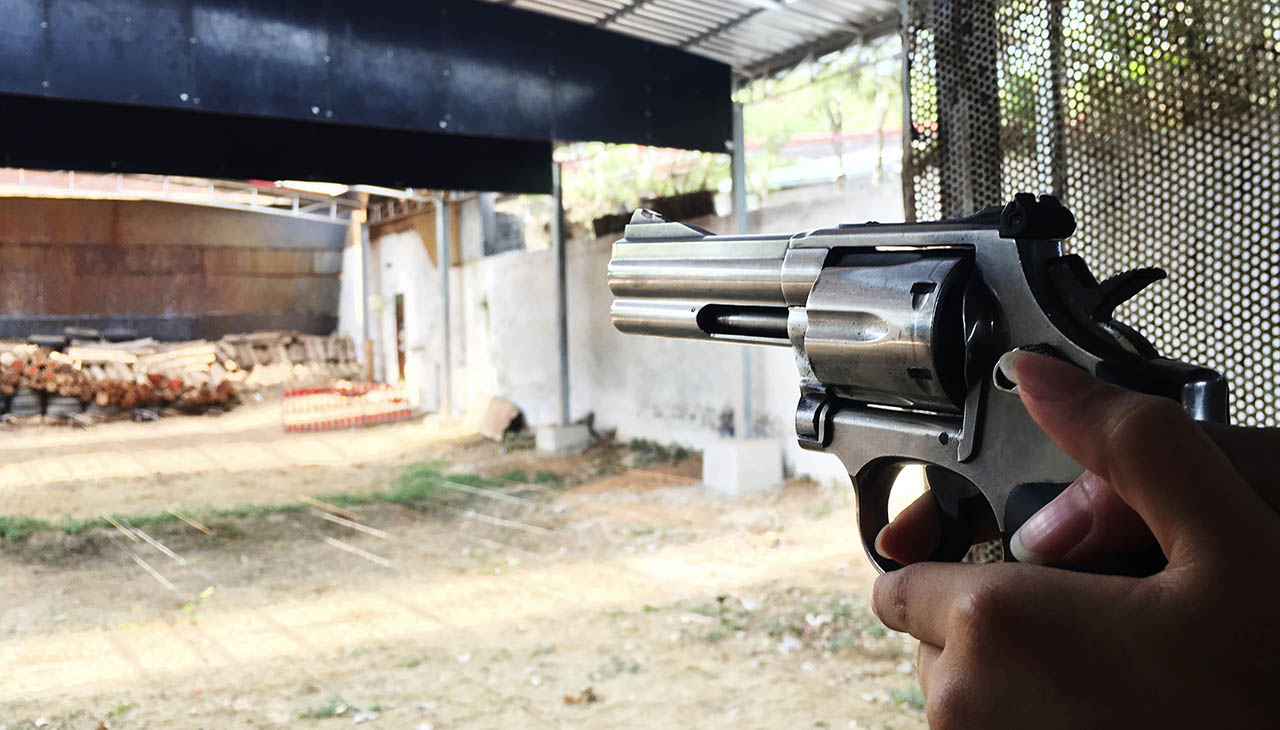The Best Gun Safes: A Complete Guide to Choosing the Ideal Solution for Your Family
Introduction
Owning firearms comes with a great responsibility, and one of the most critical aspects of responsible gun ownership is proper storage. A high-quality gun safe not only prevents unauthorized access but also protects your firearms from theft, fire, and accidents. Whether you’re a seasoned gun owner or just starting, choosing the right gun safe can be a daunting task.
With so many options available—ranging from compact safes for handguns to large vaults for extensive collections—it’s essential to understand the key factors that go into selecting the perfect safe for your needs. In this guide, we’ll explore the various types of gun safes, important safety considerations, and how to find the best model for your home.
Why Every Gun Owner Needs a Safe
The primary reason for owning a gun safe is safety. Firearms should always be stored securely to prevent unauthorized access, especially if you have children at home. A gun safe ensures that only authorized individuals can access your weapons while keeping them away from curious hands or potential burglars.
Beyond safety, a gun safe offers protection against theft. Firearms are valuable assets, and a well-secured safe can prevent criminals from easily accessing and stealing them.
Many high-quality gun safes also provide fire protection, ensuring that your firearms and important documents remain intact in case of a house fire. Safes with fireproof ratings can withstand extreme temperatures for extended periods, giving you peace of mind in case of an emergency.
In some jurisdictions, owning a gun safe is legally required for firearm owners. Depending on where you live, you may be required to store your firearms in a locked safe to comply with local regulations.
Types of Gun Safes
When choosing a gun safe, you’ll find a variety of options designed to fit different needs. The main types include:
1. Handgun Safes
These are small, compact safes designed for securing pistols and handguns. They’re ideal for bedside storage or quick-access situations. Many handgun safes feature biometric fingerprint scanners or keypad locks for rapid entry in emergencies.
2. Long Gun Safes
Designed for storing rifles, shotguns, and larger firearms, these safes come in various sizes and often include shelving for ammunition and accessories. Some models can accommodate up to 50+ firearms, making them ideal for collectors and hunters.
3. Biometric Gun Safes
Biometric safes use fingerprint recognition technology to provide quick and secure access. These safes are great for those who need instant access to their firearms while ensuring that only authorized users can open them.
4. Fireproof Gun Safes
Fire-resistant safes are designed to withstand extreme temperatures, protecting firearms and important valuables during a fire. When selecting a fireproof safe, check its UL fire rating to determine how long it can endure heat before the interior temperature rises.
5. Hidden Gun Safes
These safes are disguised as furniture, mirrors, or picture frames to provide concealed storage. They’re an excellent option for discreet firearm owners who want easy access without drawing attention.
6. Wall and Floor Safes
Wall-mounted and floor-installed safes provide extra security by being embedded into the structure of your home. These safes are difficult to move or steal, making them an excellent choice for firearm protection.
Key Features to Look for in a Gun Safe
Choosing the right gun safe involves more than just picking a box with a lock. Several features play a role in its effectiveness:
1. Locking Mechanisms
- Biometric locks: Provide quick access but require power (batteries or electricity).
- Keypad locks: Allow you to set a PIN code but may require periodic battery changes.
- Combination locks: Mechanical locks that don’t require power but may take longer to open.
- Key locks: Simple and traditional but can be vulnerable if keys are lost or stolen.
2. Steel Thickness
The thickness of the steel determines how resistant your safe is to break-ins. Safes with 12-gauge steel or thicker offer better security. Lower gauge numbers indicate thicker steel.
3. Fire Resistance Rating
If fire protection is a priority, look for safes with at least a 1-hour fireproof rating. This ensures that the contents remain protected even during prolonged exposure to extreme heat.
4. Size and Storage Capacity
Consider how many firearms and accessories you plan to store. It’s always a good idea to choose a safe slightly larger than your current collection to accommodate future purchases.
5. Weight and Placement
Larger safes can weigh hundreds of pounds, making them difficult for burglars to steal. However, if portability is a concern, opt for a bolted-down safe or a heavy-duty model that cannot be easily removed.
6. Additional Security Features
Some high-end safes come with reinforced locking bolts, anti-drill plates, and pry-resistant doors to provide extra security. Investing in these features can add an additional layer of protection.
Where to Place Your Gun Safe
The location of your gun safe plays a crucial role in security and accessibility. Here are some common placement options:
- Bedroom: Ideal for quick access safes, especially for home defense.
- Basement: Provides extra fire protection but may be prone to moisture. Consider a dehumidifier.
- Garage: Secure, but ensure the safe is bolted down and protected against temperature fluctuations.
- Office or Closet: Offers discreet placement while keeping firearms out of sight.
Regardless of where you place your safe, ensure it is anchored properly to prevent theft.
Conclusion
Investing in a high-quality gun safe is one of the most responsible choices a firearm owner can make. It protects your firearms from unauthorized access, theft, and fire while ensuring they remain accessible when needed.
When choosing the best safe for your needs, consider factors such as locking mechanisms, fireproof ratings, size, and security features. Whether you need a small handgun safe or a large vault for long guns, selecting the right safe ensures peace of mind and enhances safety for you and your family.
A well-chosen gun safe is more than just storage—it’s a commitment to responsible firearm ownership.

